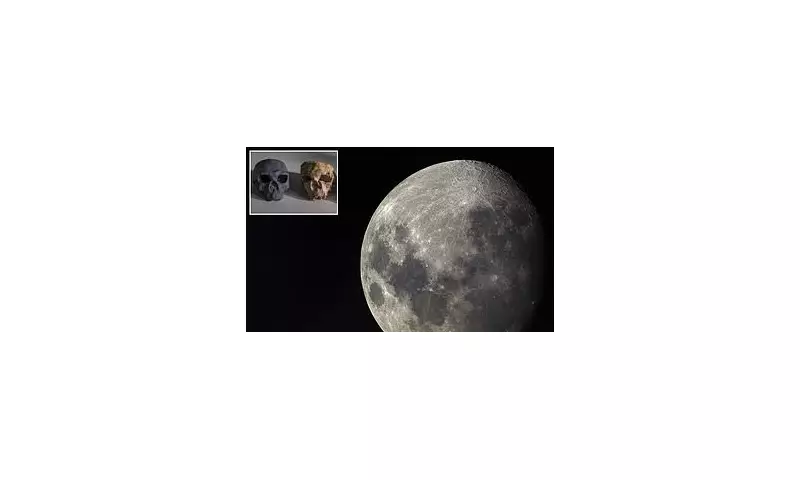
A revolutionary scientific theory is challenging everything we know about human history and our relationship with the Moon. According to a provocative new study, ancient human civilisations might not have been limited to Earth alone.
The Controversial Lunar Hypothesis
Dr James B. Silvester, the scientist behind this extraordinary claim, suggests that technologically advanced human societies could have established settlements on the Moon during prehistoric periods. His research paper, titled 'Air and Dust Settling as Purported Proof of Prior Human Civilisations on the Moon,' presents a compelling argument that could rewrite history books.
Evidence Beneath the Lunar Surface
The theory proposes that archaeological evidence of these ancient lunar civilisations might be preserved beneath layers of lunar dust and debris. Unlike Earth, where geological activity and erosion constantly reshape the landscape, the Moon's surface preserves history in remarkable detail.
Key aspects of the theory include:
- Potential preservation of ancient structures under accumulated lunar dust
- The possibility of finding artefacts that could prove human presence
- Analysis of lunar soil composition for anomalous materials
- Examination of unusual surface features that might indicate artificial construction
Scientific Community Reaction
Unsurprisingly, this radical theory has generated significant debate within scientific circles. While some researchers remain sceptical, others acknowledge that the Moon's unique preservation conditions make it an ideal location for archaeological investigation, should evidence of past human activity exist.
"The Moon acts as a perfect time capsule," Dr Silvester explains. "Without weather systems or tectonic activity, anything left on the surface could remain undisturbed for millions of years."
Future Lunar Exploration Implications
This theory adds a fascinating new dimension to upcoming lunar missions. If proven correct, it would represent one of the most significant discoveries in human history, fundamentally altering our understanding of our place in the universe and the capabilities of ancient civilisations.
The research calls for more sophisticated analysis of existing lunar samples and targeted archaeological approaches in future Moon missions. As space agencies worldwide plan renewed lunar exploration, this theory provides an additional scientific justification for comprehensive surface investigation.





